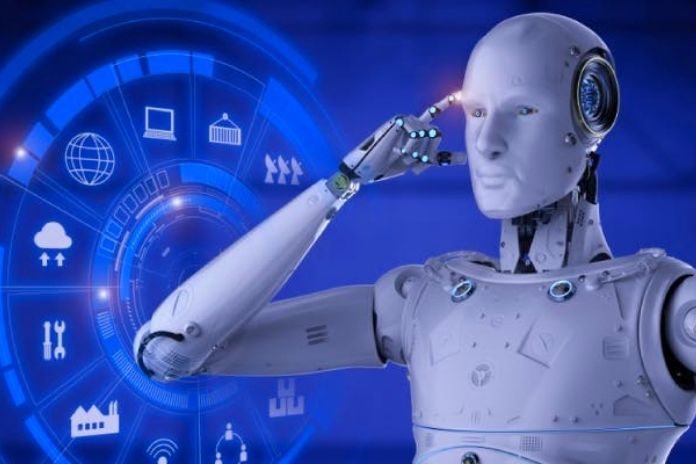Robotics And Artificial Intelligence: What Are They?

Introduction To Robotics And Artificial Intelligence
Before delving into the scenario and growth horizons of robotics and artificial intelligence, let’s provide a practical definition of both terms. By “robotics,” we naturally mean robots, possibly anthropomorphic machines often entered into the common imagination thanks to the use of such figures in successful film or TV products.
As far as industry and the workplace are concerned, robotics refers exclusively to technologies designed to define automatic processes that facilitate mostly human physical activities. On the one hand, industrial robotics makes it possible to replace humans in heavy and repetitive operations on the assembly line and collaboratively assist them in processes that require specialized skills, such as those related to plant maintenance.
By “artificial intelligence” instead, we mean developing software and applications to replicate human decision-making skills. They are, therefore, systems endowed with the specific abilities of the human being and able to pursue a defined purpose by making accurate decisions autonomously.
Unlike traditional software, an Artificial Intelligence (AI) system is not based on programming but rather on learning techniques: algorithms are defined that process an enormous amount of data from which it is the system itself that must derive its skills. Of understanding and reasoning.
Technological Innovation Applied To Catering
Once the terms robotics and artificial intelligence have been defined, let’s explain how these innovative technologies can be used in the restaurant sector. In “fast” kitchens, the automation process is one of the fundamental components given the type of offer addressed to the customer. In recent years, thanks to the spread of digitalization and the transition to Industry 4.0, automation through technologies has, however, also entered other types of kitchens.
According to sector studies, the starred restaurants between 2020 and 2021 have invested heavily in the integration of robots and support for artificial intelligence to make their service impeccable and entirely in step with the times. However, the first step in all innovation strategies remains step-by-step digitization. The use of apps or management software, traditionally associated with a completely different kind of activity, allows the optimization of processes right away.
In short, the actual value of AI is its ability to help restaurant operators make better management and customer service decisions.
Easy Cassi is part of this scenario, an All-in-One checkout system capable of simplifying every aspect of the restaurant business. From the strategic organization of the menu with completely customizable product lists to the dedicated app that allows complete management of tables, rooms, and customer orders, significantly improving the service offered to consumers. Even the cash register is part of the technical support of a restaurant and must be integrated into a strategy aimed at optimization and innovation.
And The Current Scenario Of Robotics And Artificial Intelligence?
Although the digitization process is now so well established that it has convinced even the most skeptical of its credibility. There are still many places that ask themselves the fateful question: “If there was a robot in the kitchen, would customers eat in my restaurant? “.
The truth is, the data speaks volumes: restaurateurs are already benefiting from technology, including artificial intelligence and robotics, to optimize their business. Furthermore, according to studies, this trend grows as AI becomes cheaper and more accessible.
The widespread adoption of AI and robot automation will affect the way restaurants hire and employ staff and customer experience. The benefits of artificial intelligence in the restaurant business go beyond robots that take orders, produce and deliver food. Artificial intelligence is, in fact, capable of helping restaurant owners make sense of data to improve the diners’ experience.
The reasons for the success of technological advancement in the catering sector are to be found in the advantages that these new features entail:
Optimization:
AI helps to reduce costs and complete the most straightforward tasks thanks to innovative business management tools to leave room for people’s creative flair.
Efficiency:
The preparation of meals, entrusted to robotics, allows you to never have problems, in theory, in the practice of the recipe even on days in which, for the number of people, devote the right time to preparing the dish and serving it might be impossible.
Fewer Errors:
Artificial intelligence is used to automate processes and eliminate human error. Going back to the previous point, artificial intelligence is less likely to make mistakes, not suffering the moments of most incredible stress. This point is particularly suitable for all the repetitive and mechanical activities that characterize work in the catering sector.
Also Read: From Machine To AI – Facts About Robots


